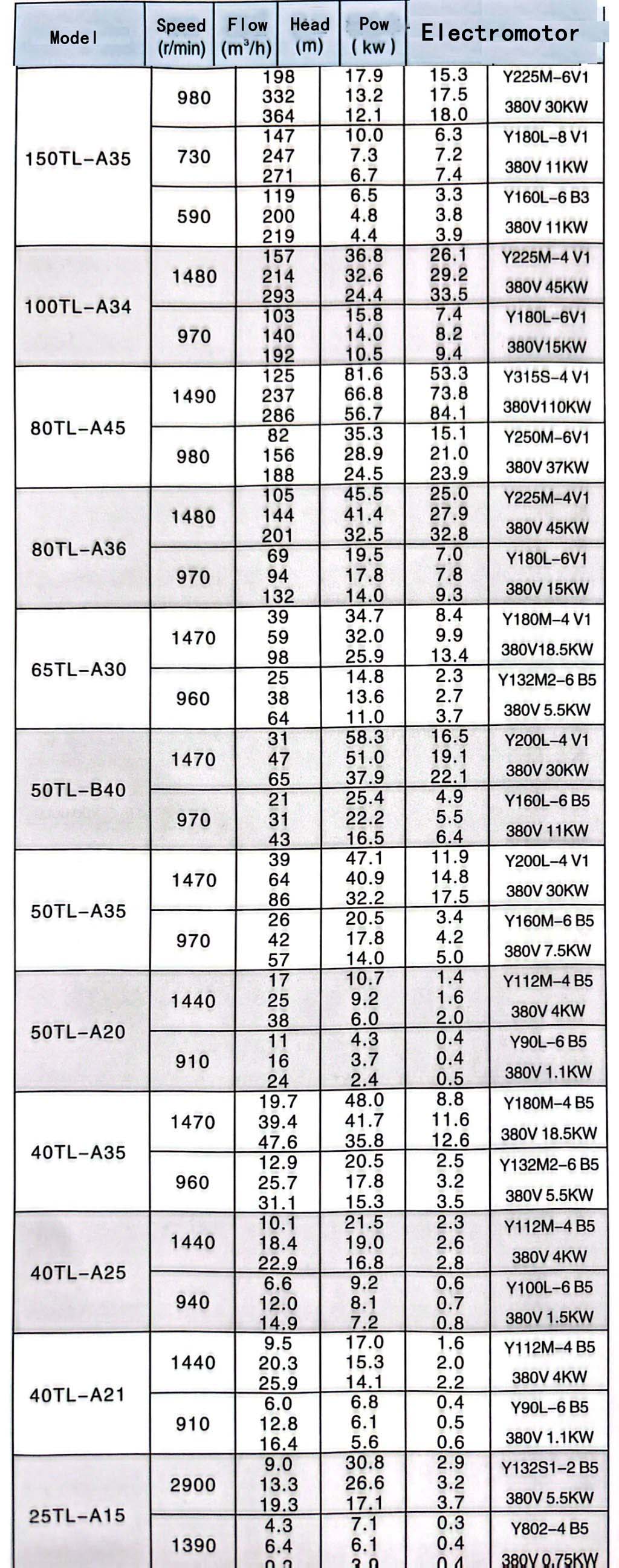English
- Afrikaans
- Albanian
- Amharic
- Arabic
- Armenian
- Azerbaijani
- Basque
- Belarusian
- Bengali
- Bosnian
- Bulgarian
- Catalan
- Cebuano
- Corsican
- Croatian
- Czech
- Danish
- Dutch
- English
- Esperanto
- Estonian
- Finnish
- French
- Frisian
- Galician
- Georgian
- German
- Greek
- Gujarati
- Haitian Creole
- hausa
- hawaiian
- Hebrew
- Hindi
- Miao
- Hungarian
- Icelandic
- igbo
- Indonesian
- irish
- Italian
- Japanese
- Javanese
- Kannada
- kazakh
- Khmer
- Rwandese
- Korean
- Kurdish
- Kyrgyz
- Lao
- Latin
- Latvian
- Lithuanian
- Luxembourgish
- Macedonian
- Malgashi
- Malay
- Malayalam
- Maltese
- Maori
- Marathi
- Mongolian
- Myanmar
- Nepali
- Norwegian
- Norwegian
- Occitan
- Pashto
- Persian
- Polish
- Portuguese
- Punjabi
- Romanian
- Russian
- Samoan
- Scottish Gaelic
- Serbian
- Sesotho
- Shona
- Sindhi
- Sinhala
- Slovak
- Slovenian
- Somali
- Spanish
- Sundanese
- Swahili
- Swedish
- Tagalog
- Tajik
- Tamil
- Tatar
- Telugu
- Thai
- Turkish
- Turkmen
- Ukrainian
- Urdu
- Uighur
- Uzbek
- Vietnamese
- Welsh
- Bantu
- Yiddish
- Yoruba
- Zulu
Telephone: +86 13120555503
Email: frank@cypump.com
Sep . 28, 2024 20:45 Back to list
Choosing the Right Septic Sewage Pump for Your Home's Waste Management Needs
Understanding Septic Sewage Pumps A Comprehensive Guide
Septic systems are essential for many rural homes and properties without access to a centralized sewer system. At the heart of these systems is the septic sewage pump, a crucial component that ensures the efficient transport of wastewater from the septic tank to the drain field or other disposal areas. Understanding how these pumps work and their importance can help homeowners maintain their septic systems effectively.
What is a Septic Sewage Pump?
A septic sewage pump is a type of submersible pump designed to handle the churning up of solid waste and effluent in a septic tank. It serves as the driving force behind wastewater movement, preventing backups and ensuring proper flow. Often, these pumps are required when the septic tank is located at a lower elevation than the drain field. This elevation difference requires powerful pumps to push the effluent uphill and facilitate smooth disposal.
Types of Septic Pumps
There are several types of septic pumps, each designed for specific applications
1. Effluent Pumps These pumps discharge liquid wastewater that has been partially treated in the septic tank. They handle small solid particles and are typically used in conventional systems.
2. Sewage Pumps Designed for handling raw sewage, these pumps can manage larger solids and are usually used in situations where the wastewater must be moved over long distances or uphill.
3. Macerating Pumps For homes that generate more wastewater than usual, macerating pumps grind solids into a fine slurry, which is then discharged. This is beneficial for home additions or installations without gravity drainage.
Key Features of Septic Sewage Pumps
septic sewage pump

When selecting a septic sewage pump, several key features should be considered
- Horsepower The power of the pump must be sufficient to handle the volume of wastewater it will process. Generally, pumps range from ½ HP to 2 HP.
- Material Construction Quality pumps are made from corrosion-resistant materials like cast iron or stainless steel, ensuring longevity despite the harsh environment of wastewater.
- Float Switch A reliable float switch automates the pump operation, turning it on and off based on the level of liquid in the tank. This feature is crucial for preventing overflow and ensuring efficient operation.
- Capacity and Head Pressure The capacity (measured in gallons per minute) and the head pressure (the height it can pump the water) should match the specific needs of your septic system.
Maintenance and Care
Regular maintenance of septic sewage pumps is vital for longevity and effectiveness. Homeowners should check the pump annually and ensure that the electrical connections are secure. Additionally, it is essential to monitor the pump's performance, looking for unusual noises or decreased efficiency, which may indicate a problem.
Keep in mind that improper disposal of non-biodegradable items can lead to pump clogging and costly repairs. Always educate your household on proper waste management practices.
Conclusion
Septic sewage pumps play a vital role in maintaining the functionality of septic systems. Understanding their purpose, types, key features, and maintenance requirements is crucial for homeowners. By ensuring proper care and attention to these essential systems, you can prevent costly failures and maintain a healthy living environment.
-
Horizontal Split Case Pump with GPT-4 Turbo | High Efficiency
NewsAug.01,2025
-
ISG Series Pipeline Pump - Chi Yuan Pumps | High Efficiency, Durable Design
NewsAug.01,2025
-
Advanced Flue Gas Desulfurization Pump with GPT-4 Turbo | Durable & Efficient
NewsJul.31,2025
-
ISG Series Vertical Pipeline Pump - Chi Yuan Pumps | Advanced Hydraulic Design&Durable Construction
NewsJul.31,2025
-
ISG Series Vertical Pipeline Pump - Chi Yuan Pumps | Energy Efficient & Low Noise
NewsJul.31,2025
-
pipeline pump - Chi Yuan Pumps Co., LTD.|High Efficiency&Low Noise
NewsJul.31,2025










